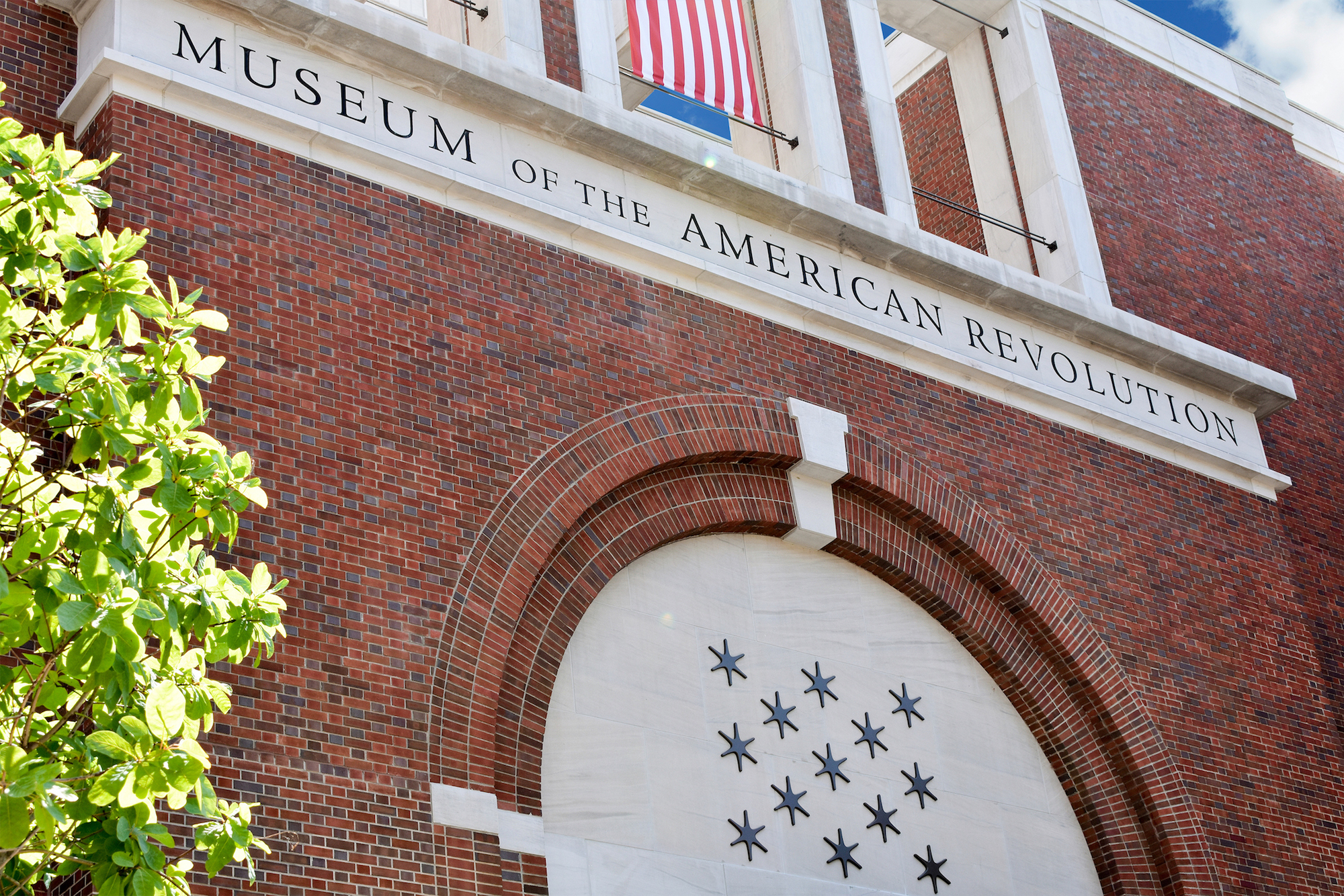Recreating History with Watsontown Thin Brick

Building new sometimes means rebuilding the past. In order to bring history to life, designers chose a custom Watsontown thin brick for the new Museum of the American Revolution which opened in 2017. We wanted to share the special design challenge and team collaboration behind this new structure in an iconic American setting.
Located in the heart of Philadelphia’s historic area, the new Museum of the American Revolution required aesthetic alignment with the surrounding historical structures. In fact, this new museum is just a few blocks from the Liberty Bell and Independence Hall which was opened in 1753. This unique challenge required designers to insert a new building that blended seamlessly into one of America’s most iconic districts and equally reflected the time period of the museum’s exhibits and features.

The original design concept was a hand-laid brick and limestone structure, in keeping with the nearby historic buildings. But building partners were set to task to deliver this aesthetic at less cost. Essentially, the design team needed a masonry solution that would allow for the special detailing and historical aesthetic required, yet within budget. The architectural firm Robert A. M. Stern led the design and sought a true weathered look and precise color scheme for the brick, in addition to maintaining a full bed – not tile or veneer – look.

Watsontown Brick Company (owned by General Shale) was selected to create this custom brick solution. And, Universal Concrete Products (producers of structural and architectural precast concrete) was the precast partner for the project. After some time of design discussions and architectural reviews, the team determined that use of precast panels instead of conventional masonry would deliver significant cost savings.

Burtonfield brick from Watsontown’s Atlantic Series was selected as the best overall color match to the historic district, but the architects wanted custom treatment to achieve the ultimate aesthetic. Watsontown created a custom look by flashing the brick for longer and at higher temperatures to create more intense blacks in the brick. The company was also able to create custom, compound arches for a special level of historic detailing. The brick was supplied thin for the precast panels. According to Universal Concrete Products, 320 precast wall panels totalling 55,000 square feet were erected for the museum’s exterior.
While a trip to this historically-rich part of America might not be feasible today, this museum’s website offers an impressive virtual experience. And, to learn more about Watsontown Brick check out their catalog or visit watsontownbrick.com.
